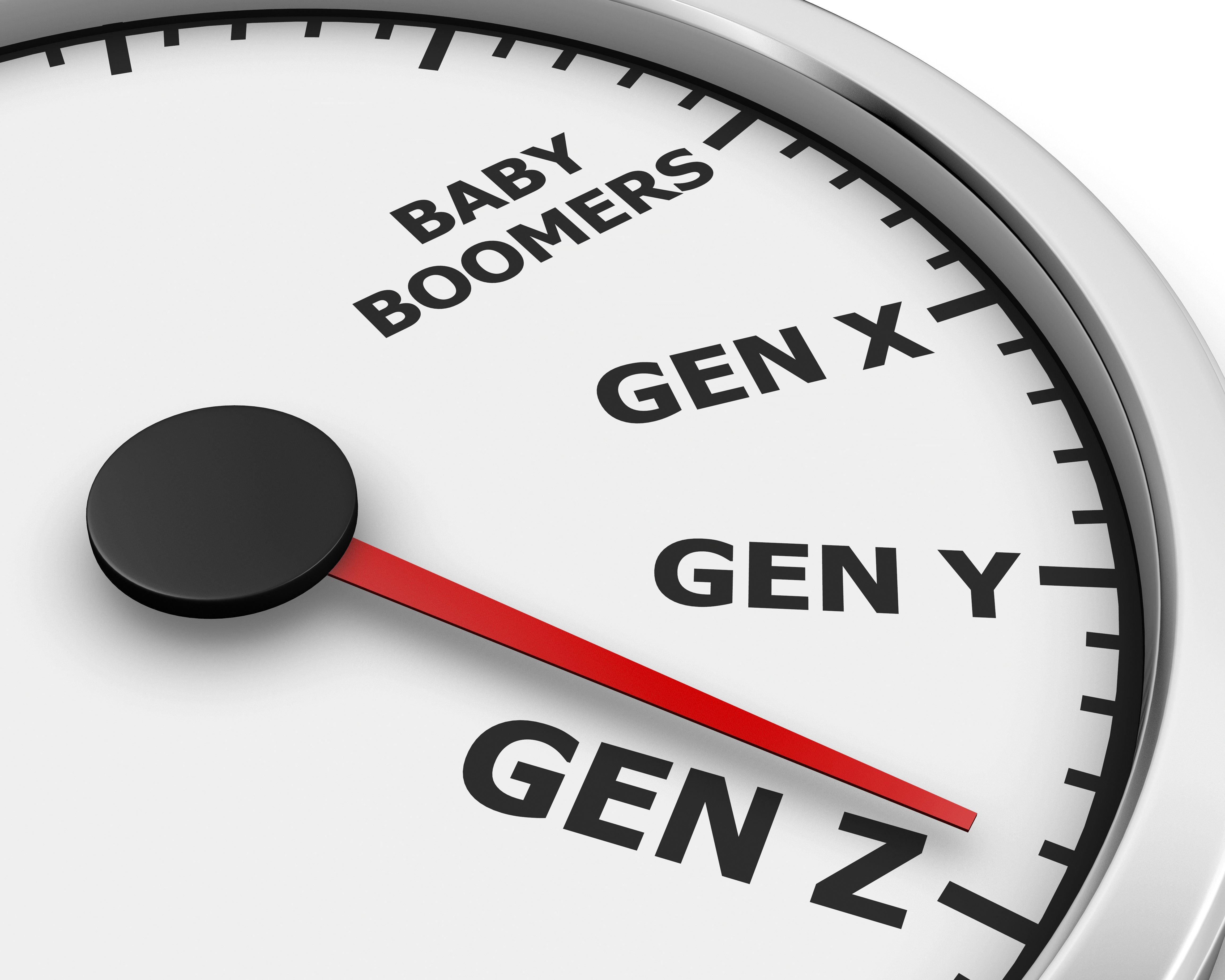Article
Addressing the generational shift in patient use of primary care physicians
Author(s):

We are seeing a generational shift in America’s relationship with primary care physicians.
According to a recent study by the Blue Cross Blue Shield Association, only 68 percent of millennials have a primary care physician compared to 91 percent of those in Generation X. As millennials become the largest living generation, their lack of preventative care could have a substantial impact not only on their long-term health, but the American economy as it relates to healthcare costs and productivity.
In order to address this shift in generational healthcare, it’s important that we understand why this disconnect is happening in the first place.
Initially it may be easy to assume that these generations are not concerned with their health, but I do not believe that’s the case. Take Instagram as an example. If you scroll through a millennials Instagram feed, you’ll find content about healthy recipes, mental health or fitness obsessions. Perhaps millennials as a whole are “health conscious,” but the healthcare system isn’t meeting them where they want to be met.
Dubbed both the connected generation and the convenience generation, millennials have the world at their fingertips. Over 92 percent of millennials own smartphones, the highest percentage compared to other generations according to a report by the Pew Research Center. When millennials need answers, they often turn to their phone and they expect that same on-demand culture to translate to their healthcare.
Headache? Google it. Rash? WebMD. Stomachache? There is an app for that.
In many ways, healthcare has embraced and adapted to these consumer trends. With the creation of innovative services, like ZocDoc and urgent care, patients can fulfill their immediate needs without having to interact with a primary care physician. It’s clear that these resources are valued as there was a 119 percent increase in urgent care clinic visits from 2008 to 2015 according to a JAMA study. In addition, self-referral insurance plans make it easier for millennials to bypass their primary care physician when making an appointment with a specialist. According to the Advisory Board report, millennials are 33 percent more likely than other generations to self-refer to a specialist.
While these improvements in efficiency and convenience have significantly enhanced care in many ways, studies suggest that individuals who have access to a primary care physician have lower health costs and improved health outcomes. As such, it’s still important that primary care physicians get-and stay-in front of their millennial patient population. But, in order to do this, physicians need to meet millennials where they are. We need to stay convenient and connected.
In my role at Tandigm, I interact with over 200 practices to help them embrace value-based care. Through my career, I have found that sometimes small adjustments can make significant differences in terms of patient engagement. When it comes to engaging with millennials, primary care practices should consider:
- Text reminders: Prompt patients to make or confirm appointments via text. Using a secure texting platform, you can even provide follow-up with your patients to help them coordinate the next steps on their care journey.
- Online patient portals: Leverage a secure online patient portal where patients can simply make and change their appointments, see their test results, request prescription refills, and more.
- Telemedicine: Bridge the gap for consumers who can’t-or simply do not want to-make face-to-face appointments by introducing telemedicine appointments.
- Social media: Meet your patients where they are by encouraging them to connect with you on social media. Use these platforms to share key practice updates, success stories or appointment reminders in an easy and organic format.
As the healthcare ecosystem evolves, primary care physicians are encouraged to address this generational shift in the use of primary care by making an effort to meet the healthcare needs of millennials at the right time, in the right place and in the right format.
Dana Carne, MD, MBA, is vice president of population health services and medical director at Tandigm Health
Newsletter
Stay informed and empowered with Medical Economics enewsletter, delivering expert insights, financial strategies, practice management tips and technology trends — tailored for today’s physicians.





